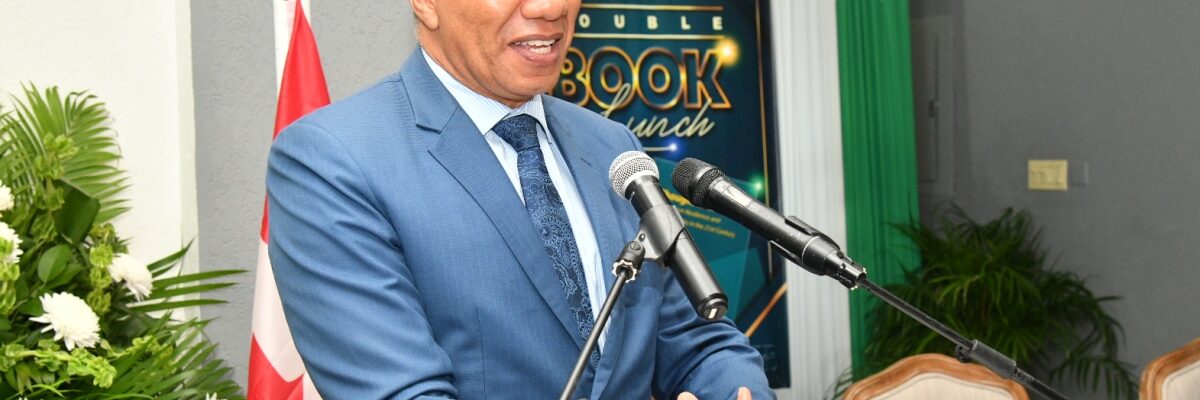
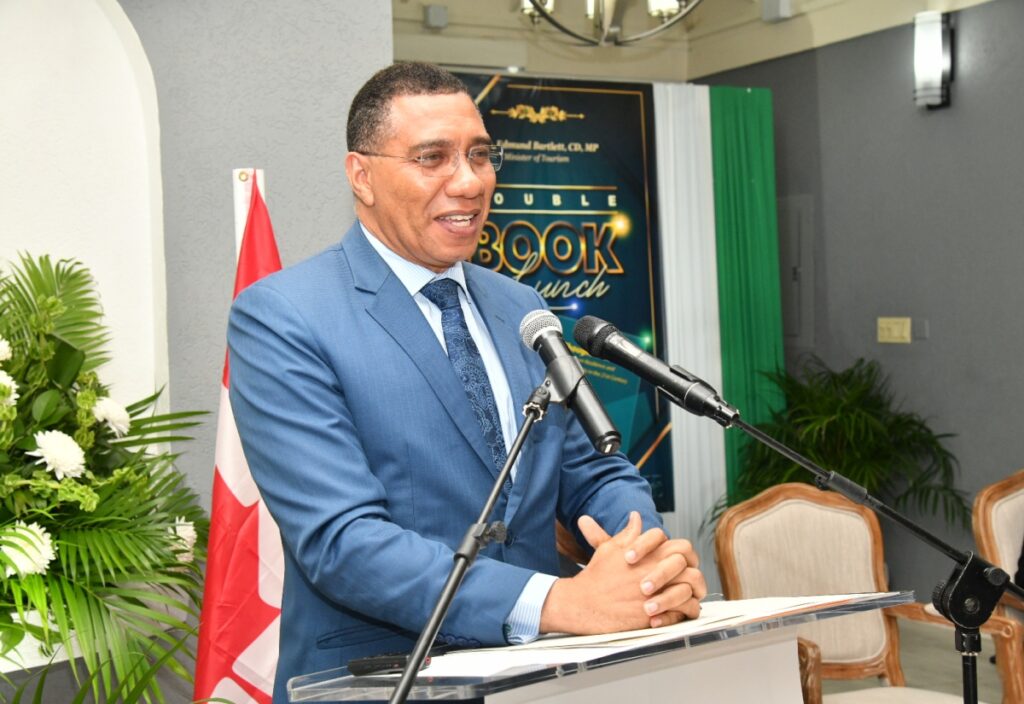
Prime Minister Andrew Holness recently announced that the Government has partnered with Food For the Poor (FFP) to build additional units for the most vulnerable in Jamaica.
During the handover of a two-bedroom house in Berkshire, St Catherine, on Thursday, Holness said that the organisation has the building supplies and the technology, as well as the expertise to construct the dwellings.
“So, we feel confident that we can enter into a meaningful partnership with Food For the Poor. We have a very good beneficiary identification system, and there is an entire Government machinery that has been put in place to properly document persons who obtain the houses,” the Prime Minister said.
He added that the New Social Housing Programme (NSHP) is “well run” with acceptable procedures, and both the administrative arm of the initiative and the building process have good systems.
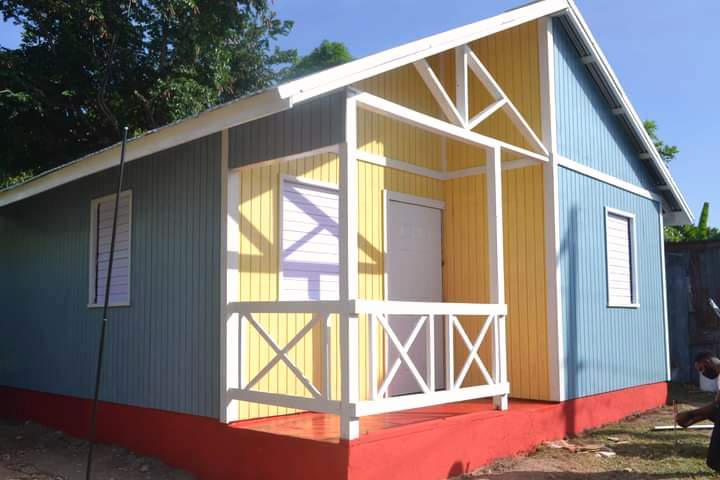
Holness highlighted the stringent assessment process for social housing units, emphasising that recipients are thoroughly evaluated to ensure genuine need. He expressed confidence in the effectiveness of these systems and the Food for the Poor (FFP), which has led to a collaborative partnership between the charity organisation and the Government.
Holness emphasised the importance of a credible land ownership system, asserting that government funds are only allocated for house construction after land ownership is secured. This precaution aims to safeguard any investments made by the Government, ensuring the security of resources allocated to housing initiatives.
Operated under the Housing, Opportunity, Production, and Employment Programme (HOPE) within the Ministry of Economic Growth and Job Creation, the National Social Housing Programme (NSHP) is dedicated to enhancing the living conditions of the country’s most vulnerable population.


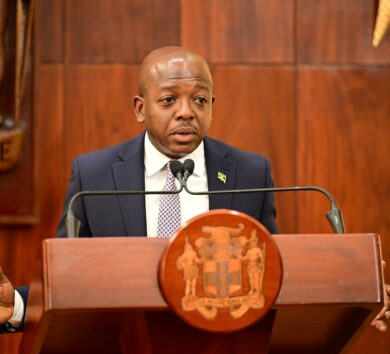
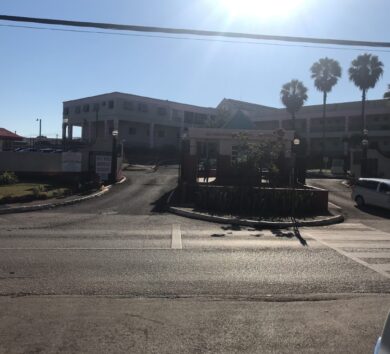


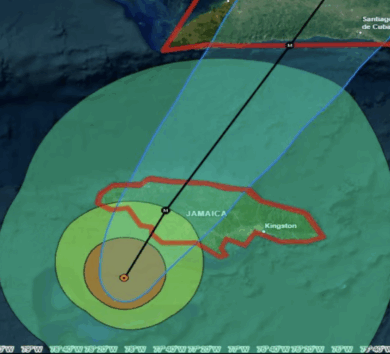
Comments